We’re not here to bash KEI trucks. Actually, we’re here to compare, and even advocate for their usability & versatility. But first, what is a KEI truck exactly? And how does it differentiate from the common pickups we all know & love?
We’ve talked about KEI trucks before…
Because they’ve relapsed into becoming a hot-topic at some tag offices again. But here’s a quick synopsis of what a KEI truck actually is: A KEI truck is a small, no-nonsense workhorse, usually powered by a 3-or-4-cylinder engine, seating 2 (arguably 3) people somewhat comfortably. They’re smaller than compact cars, even smaller than some UTVs, yet capable of carrying their weight in gold. Or at least gravel, tools, lumber, and maybe the family dog. All while squeezing into spaces most modern vehicles couldn’t even consider.
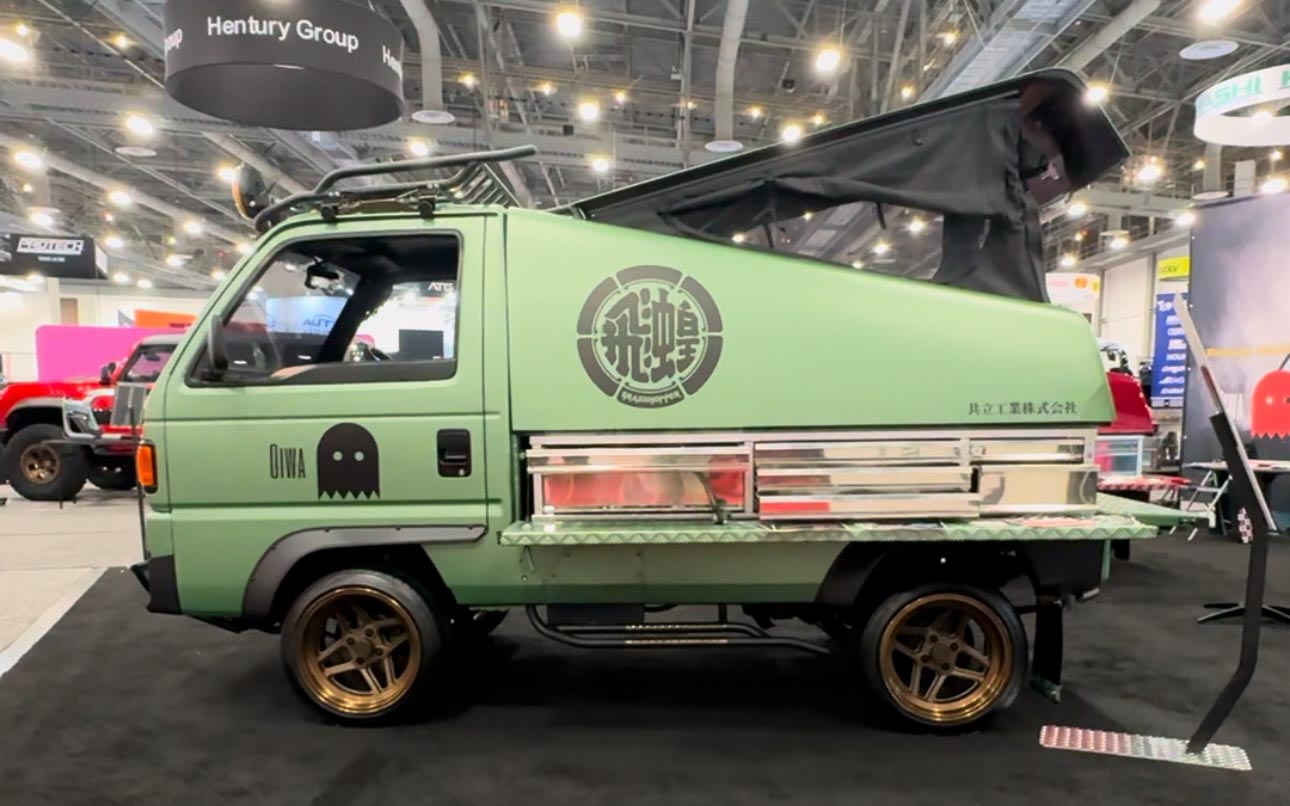
Creature comforts?
LOL… don’t expect much. Heat is almost a given; A/C is a luxury. And if you’re lucky, you might get power windows or a radio. The seats are manual, and the design is utilitarian at best. In short – KEI trucks weren’t made for pampering. They were made to work.
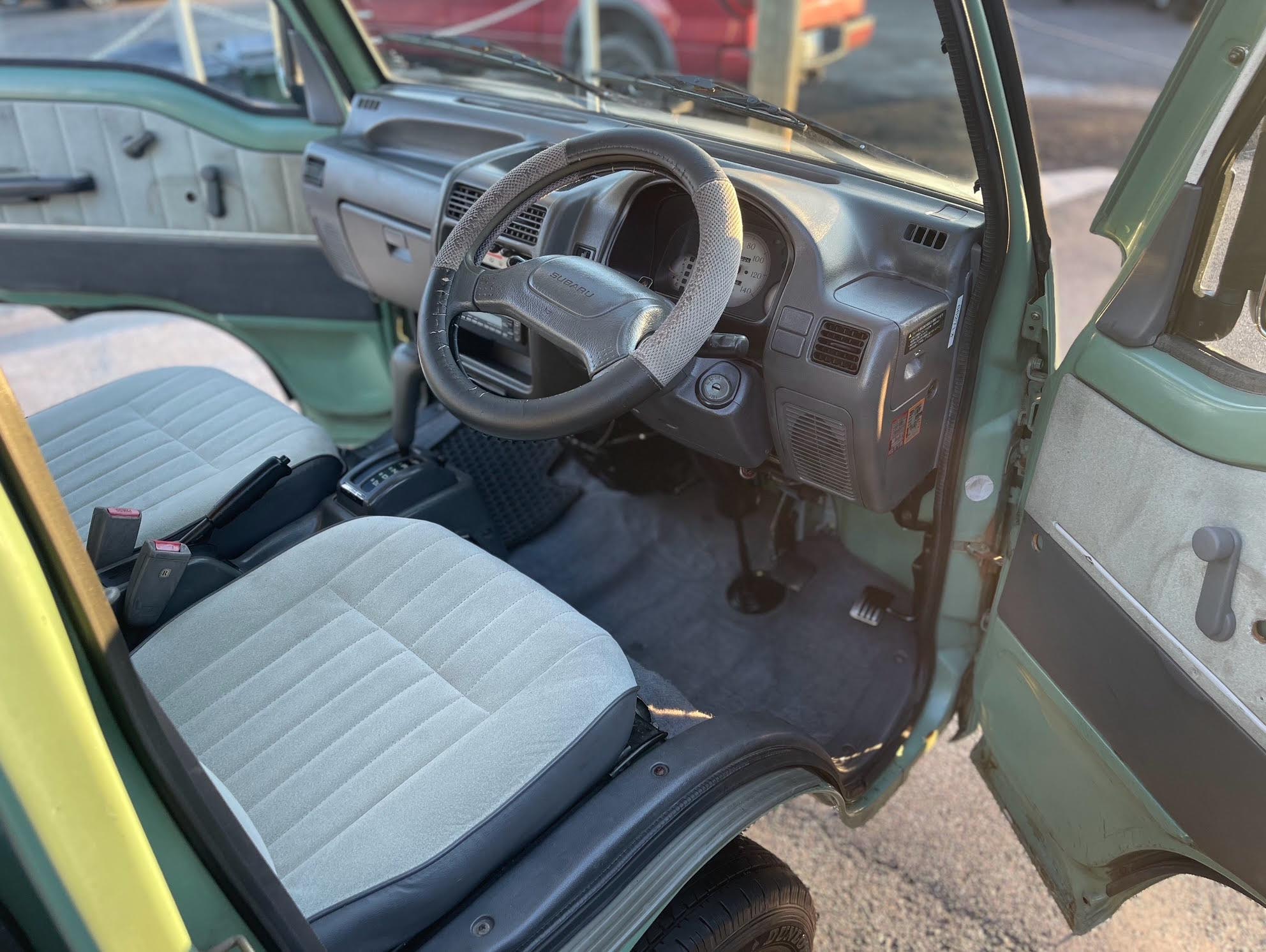
KEI trucks are the brainchildren of manufacturers like…
Honda, Mitsubishi, Suzuki, Subaru, and even Hyundai. There are a variety of configurations tailored to specific jobs. Need a small dump truck? KEI has you covered. Looking for an enclosed van to haul work supplies? They make those too. These little vehicles have been staples of both Japanese city roads & rural landscapes for decades, serving everyone from farmers to small business owners.
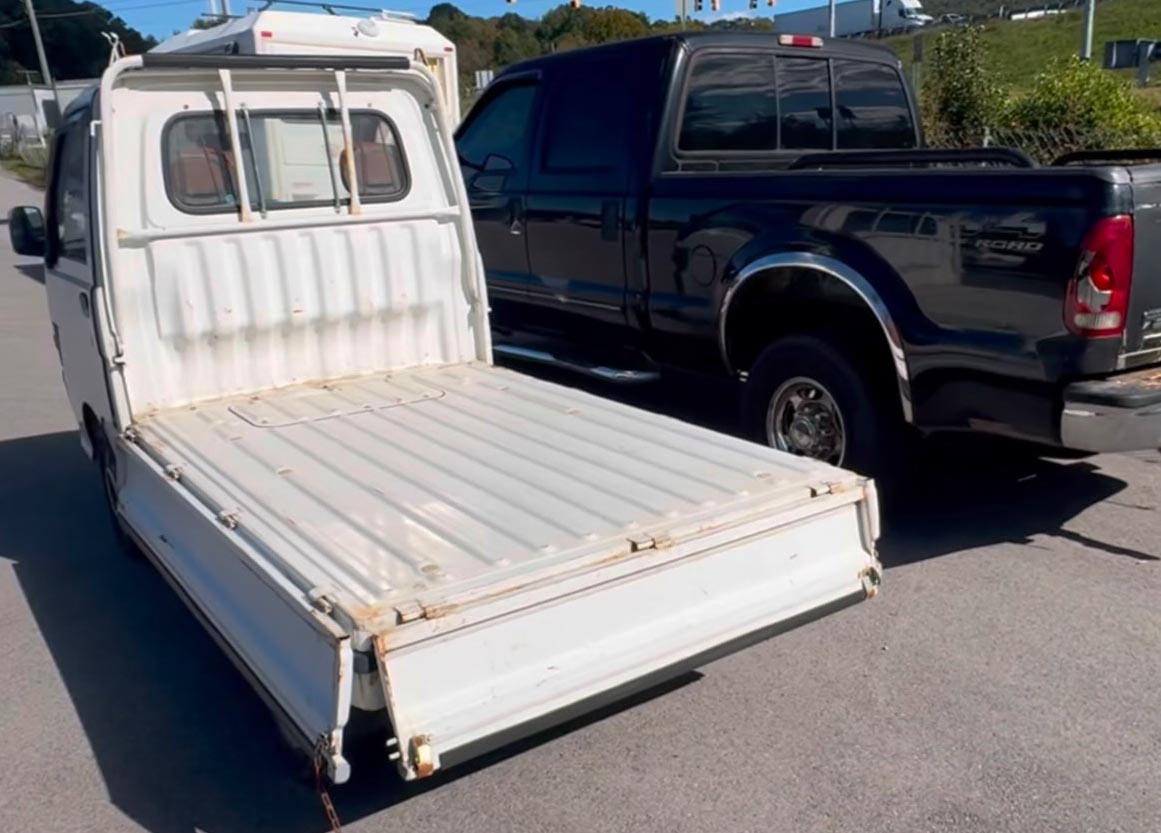
A brief history of KEI Trucks…
KEI trucks (or “Kei-tora” in Japan) came around as part of Japan’s post-war initiative to create affordable, efficient transportation for the masses. The idea was simple: Produce functional, lightweight, compact vehicles with engines under 660cc. The small engine displacement engines (<660cc) met stringent tax and insurance incentives. Therefore – KEI trucks gained instant popularity in agriculture, construction, and urban delivery services, all thanks to their minimalist practicality & fuel efficiency.
In Japan, KEI trucks were…
And still are the ultimate utility vehicle. Farmers use them to haul crops & tools. Construction workers load them with materials. And city dwellers find them perfect for navigating tight streets. Think of a KEI truck like the Swiss Army Knife of vehicles… built to cleverly tackle just about anything without breaking the bank.

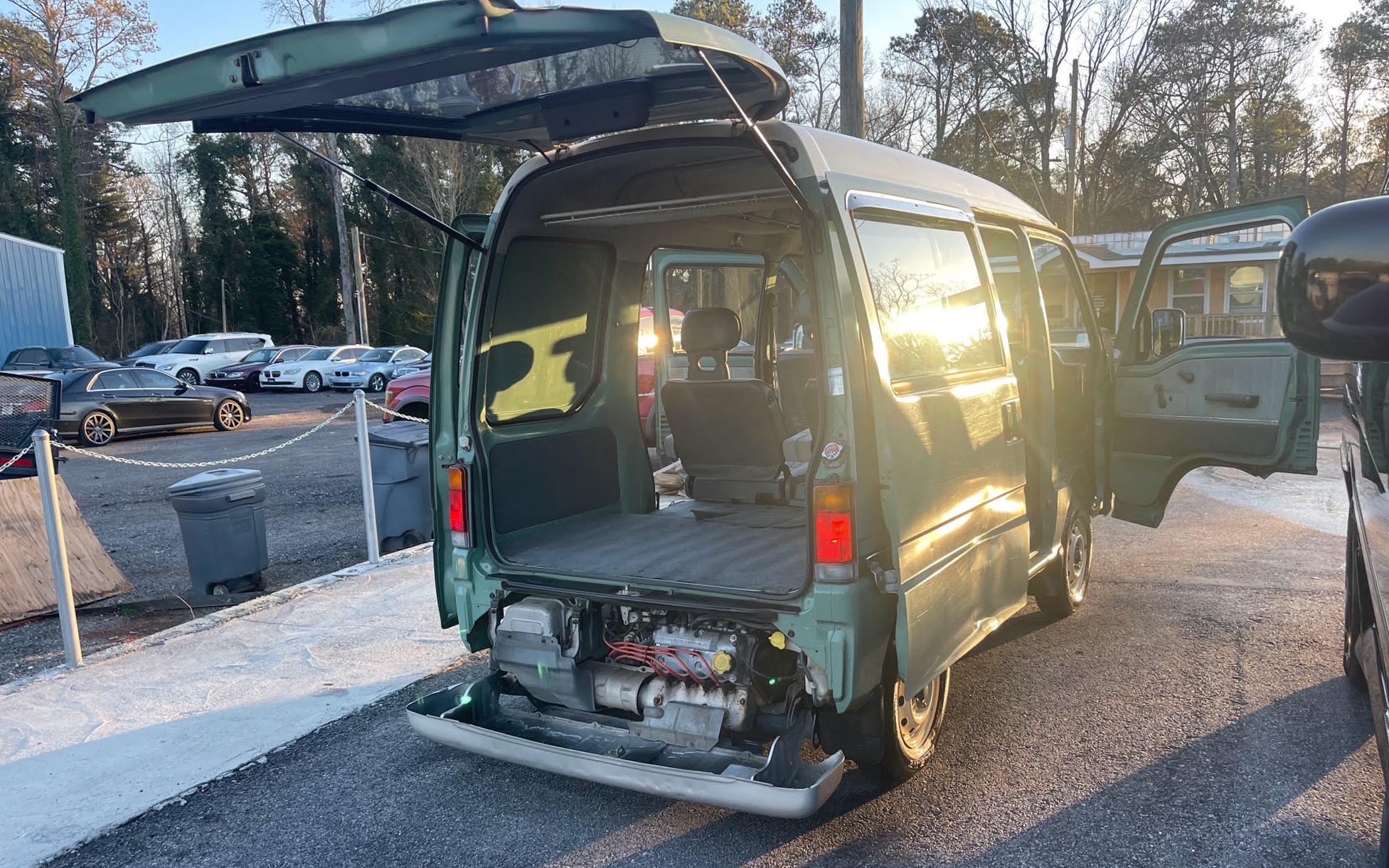
KEI Trucks in the US: An Imported Solution…
Thanks to America’s 25-year import rule, KEI trucks have made their way into the United States. And – they’ve found a devoted fanbase here. For car lovers/collectors, these little trucks are charming relics of Japanese ingenuity. And for practical users – they’re affordable, functional tools for property maintenance, errands, deliveries, and light-duty work. However, it’s important to understand:Comparing a KEI truck to a traditional full-size truck is an exercise in futility. They’re not meant to be a Ford F-150 or a Ram 1500. They don’t tow boats, haul construction equipment, or cruise at 70mph on the interstate. Instead, they fill a niche – one where a small, agile, fuel-efficient, low-speed vehicle can shine.
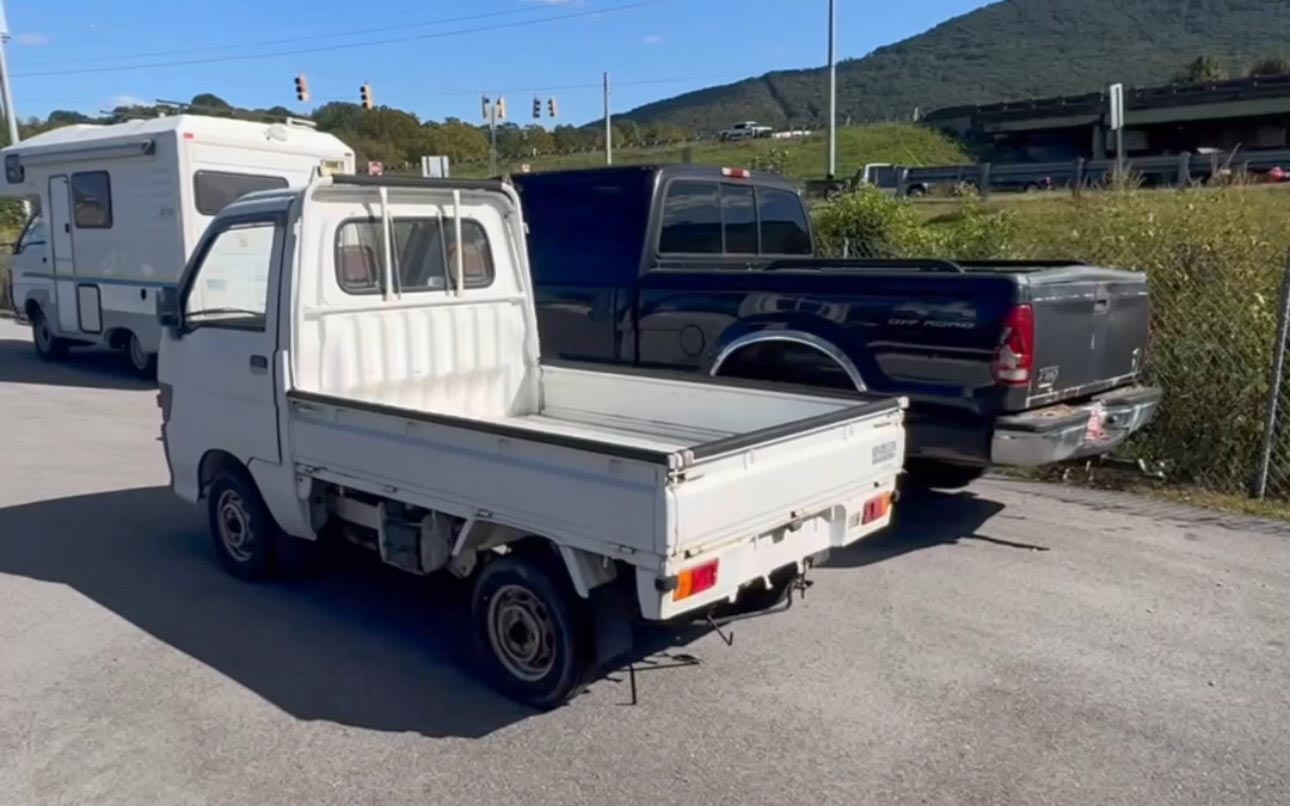
The Pros & Cons of KEI Truck ownership…
One of the biggest PROs of KEI trucks are their affordability. Even after accounting for importation costs, many KEI trucks are significantly cheaper than any traditional pickups, especially when you consider their low operating costs. Their small, efficient engines sip fuel… making them ideal for short trips, property work, or local deliveries. And despite their diminutive size, KEI trucks are surprisingly versatile. With innovative bed configurations, such as fold-down sides or even dump capabilities, these vehicles can haul everything from tools & supplies to mulch & hay bales. Their compact footprint also makes them invaluable in tight spaces, whether it’s navigating a farm, creating parking spots in congested areas, or slipping down a narrow 1-way streets.
That said, KEI trucks do have limitations. CONs: Speed & power are perhaps the most glaring issues. With engines typically under 660cc, KEI trucks struggle to hit highway speeds, making them impractical for long-distance travel, or towing anything substantial. Their utilitarian design also means comfort takes a far-back burner. Seats are basic, and features like air conditioning, power windows, or even a radio are often missing. Additionally, KEI trucks weren’t designed with modern safety standards in mind, so don’t expect airbags, crumple zones, or any advanced driver assistance systems. And while many KEI trucks have developed cult followings, sourcing parts for older and/or obscure models can be a headache in the U.S., especially for owners who aren’t mechanically inclined.
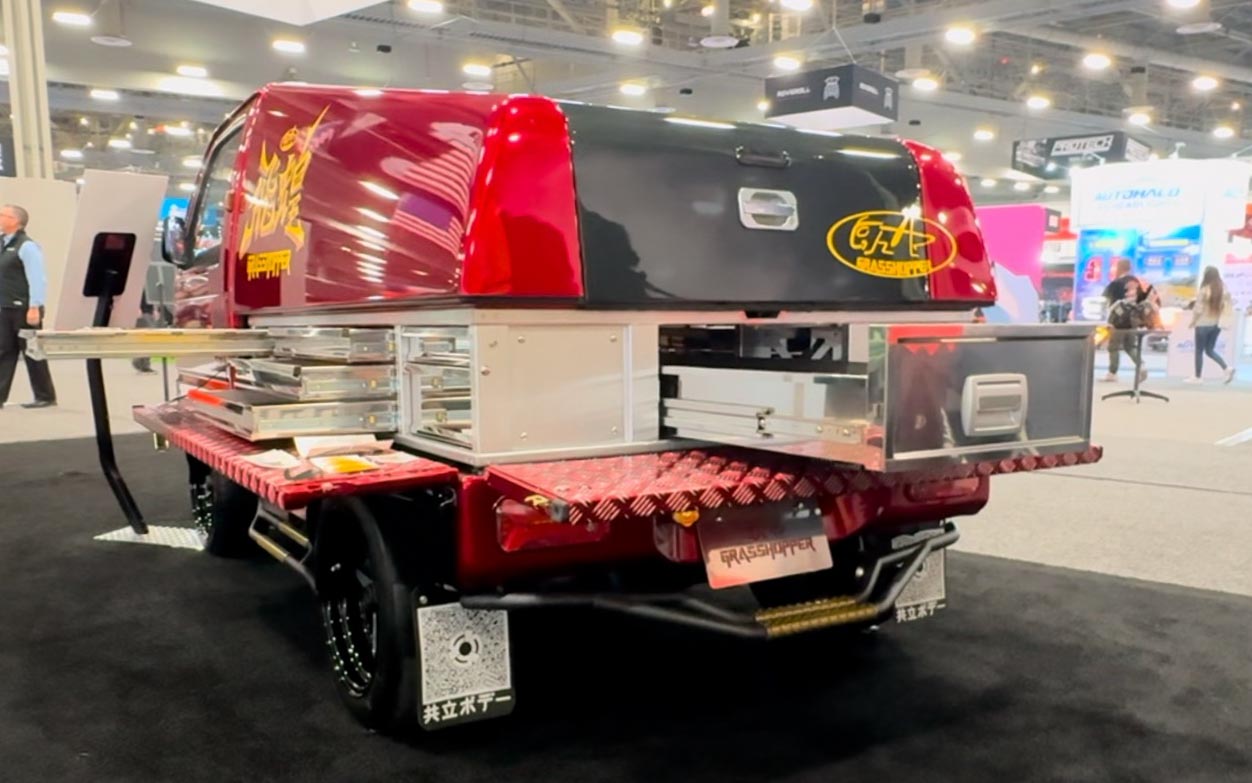
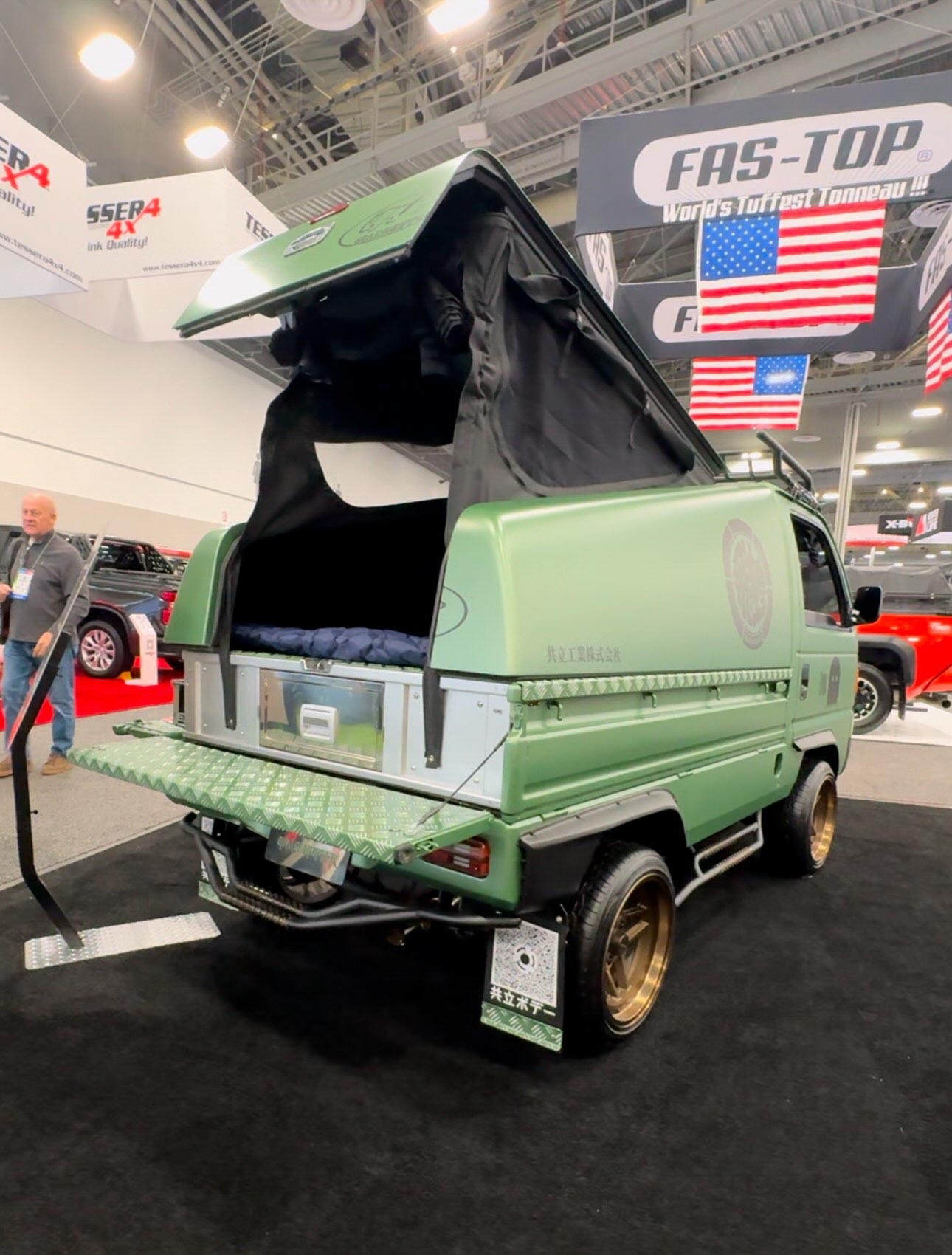
For those looking to push the boundaries of what a KEI truck can do…
The aftermarket offers intriguing possibilities. Enthusiasts have developed modifications to make KEI trucks more highway-friendly, such as upgraded suspension components, larger wheels, and even engine swaps. Turbo kits and ECU-tuning can squeeze-out extra power from the small engines, while overdrive gear kits & transmission upgrades help bump-up top speeds. These enhancements can make a KEI truck capable of handling highway speeds… at least ‘in theory’. However, turning a KEI truck into something it was never designed to be often creates a new set of challenges. Even with aftermarket upgrades…

Comparing a KEI truck to a traditional pickup loses the plot…
A KEI truck simply wasn’t built to replace an F-150, Silverado, or RAM. And trying to force it into that role will only lead to disappointment. Traditional pickups are designed to tow, haul, and cruise comfortably at high speeds. KEI trucks excel in an entirely different niche. They’re tools for specific tasks, not all-purpose workhorses. For property owners, small business operators, or anyone who needs a compact & efficient vehicle for light-duty tasks, a KEI truck is unbeatable. But if you’re expecting them to pull a boat or eat-up highway miles, it’s better to adjust your expectations or buy that full-size truck.
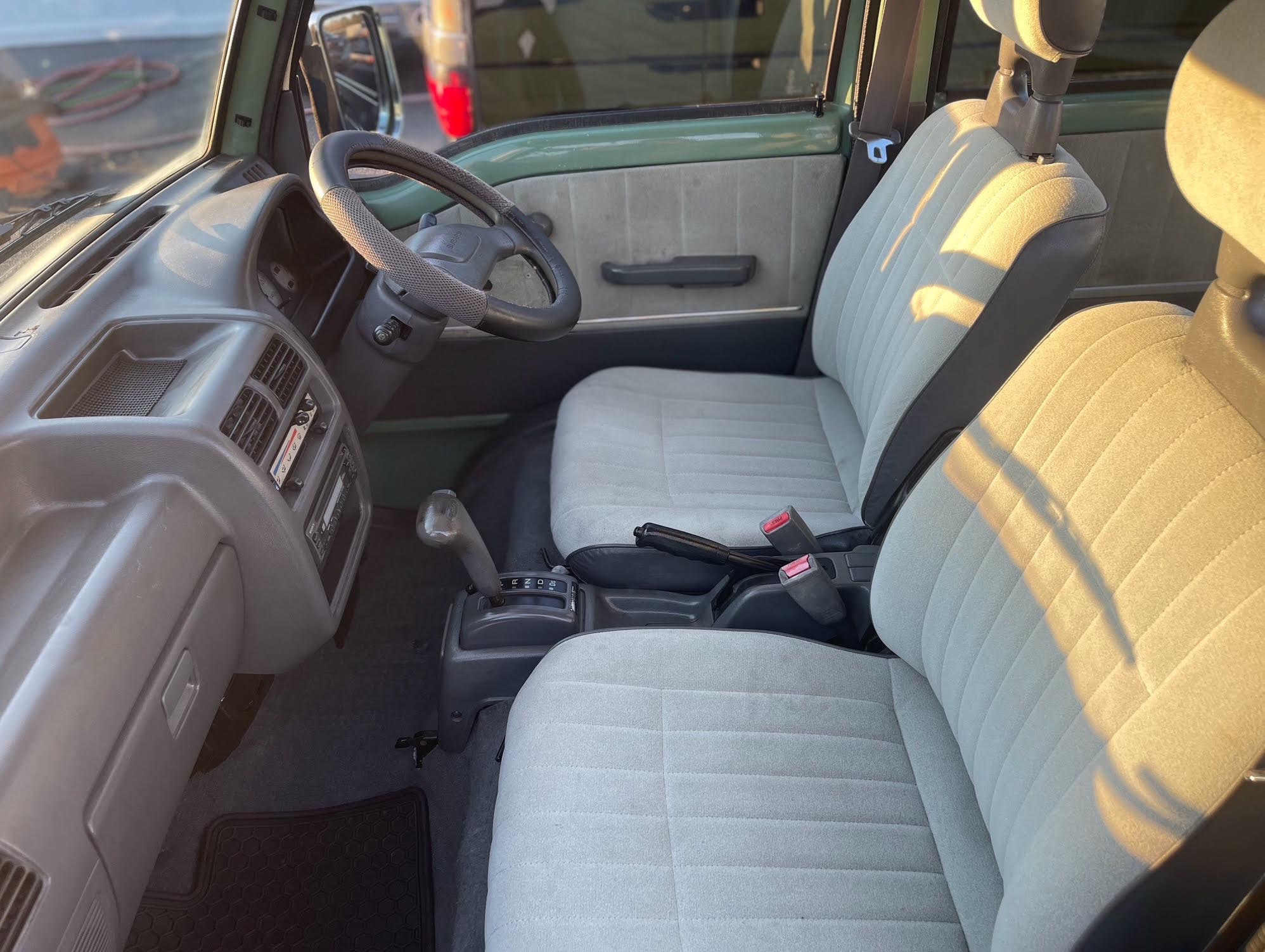
In the end…
KEI trucks shine when they’re used for what they were built for: Simple, practical, work-trucks in environments where agility & low operating costs are paramount. Their quirks & limitations are part of their charm. They also serve as a reminder that not every vehicle needs to be a jack-of-all-trades. By embracing what makes KEI trucks unique, owners can unlock their true potential without trying to turn them into something they’re not.
SEMA Photos by Ben Battles (see Ben’s Reel below)
View this post on Instagram

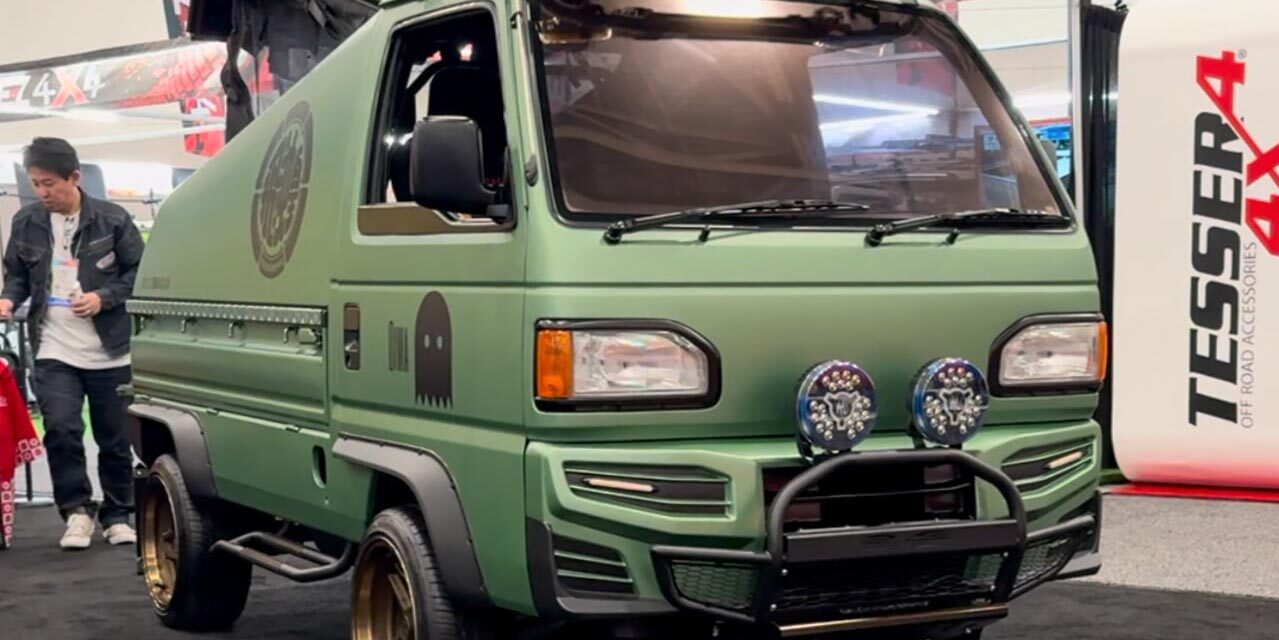






o87di7
На сервисе сервисного обслуживания автомобилей мы предлагаем широкий ассортимент услуг по цифровой диагностике и программному тюнингу для всех марок авто. Специалисты [url=https://dexless.com/proxy.php?link=https://tuning-chip.com.ua ]tuning-chip.com.ua[/url] задействуют инновационное оборудование для точной настройки параметров силового агрегата и электронных систем. Наш автосервис в Харькове выполняет квалифицированное деактивацию системы AdBlue, ликвидацию сажевого фильтра, восстановление иммобилайзеров и создание автомобильных чип-ключей. Также мы предлагаем компьютерную диагностику Renault, BMW, Hyundai, Volvo и других марок, очистку форсунок, восстановление и ремонт фар. Для владельцев мотоциклов доступен программная оптимизация, обеспечивающий повысить мощность и улучшить динамические характеристики. Экспертный подход к ремонту ДВС и обслуживанию топливной системы обеспечивает качественный результат и пролонгацию срока службы вашего транспортного средства.
Источник: [url=https://forum.vietdesigner.net/redirect/?url=https://tuning-chip.com.ua ]Полировка фар харьков на tuning-chip.com.ua [/url]
Буду счастлив оказать помощь в любых вопросах по вопросам авто чип ключ – обращайтесь в Telegram zeb97